

Discover more from The Worked Shoot
We return to the scene of the crime this week, with inflation once again all the rage as a hot topic with widespread governmental reporting across the globe of official statistics this week. The topic of ‘inflation’ was the focus of the 2nd The Worked Shoot from December 2021, titled When Delusion Impacts Reality.
If you have never heard of hedonic adjustments or the substitution effect, the Boskin Commission, or how what I call ‘phoney baloney’ inflation data was institutionalized, then I encourage you to read/revisit that piece.
These concepts are all once again timely, as the recent uptick in reported inflation data appears to have contributed to interest rate markets repricing significantly. Whereas rates markets had priced in a significant probability of the US Federal Reserve reversing course and cutting rates in the 2nd half of 2023 and into 2024, the confluence of hotter than expected inflation reports along with non-farm payroll and retail sales, has largely wiped out those odds and pushed the likelihood of rate cuts out further into the future.
Here are charts of various Eurodollar futures contracts prior to the Friday morning PCE data release, which offers some context as to the recent shifts in apparent market expectations:
December 2023:
June 2024:
December 2024:
Reported and expected ‘inflation,’ along with supposed Wizards of Oz at the Fed and other central banks price fixing short-term interest rates has become a sort of financial world idolatrizing obsession. But what the hell is everyone even talking about?
The Federal Reserve claims that their ‘preferred’ inflation measure is Core PCE - here is a graph:
This is the inflation rate to which the Fed is referring when it says it wants to see 2%, which they define as ‘price stability.’ Of course, PCE is even more ridiculous than the CPI calculation, with both ‘Core’ versions excluding things like food and energy.
Here is a graph showing CPI, Core CPI, and Core PCE since the late 1980s:
The acute cost of living crisis of the past two years highlights how ridiculous these measures of consumer inflation actually are. As the person who pays our family’s monthly bills, suggesting something like 5% as the ‘inflation rate’ over the past year is…well…insulting.
Hedonics is one way the powers that be accomplish these statistical gymnastics - which are supposed ‘quality adjustments.’ For example, new car prices from the month I graduated from university in May 1997, according to the BLS calculation, have gone up by 22.6% through the January 2023 calculation. If we look at a reasonable entry-level car a new college graduate may purchase, say a Honda Civic EX, MSRP has gone from $16,875 in 1997 to $27,145 for the current 2023 model year, or 60.9%.
Of course, the current iteration has all sorts of ‘modern’ electronics, safety features, etc., that the 1997 version did not, which is where the ‘quality adjustments’ arrive. There is an obvious and even reasonable logic to this, but is it a measure of the ‘cost of living’ to incorporate such adjustments? I would argue not, as a 2023 graduate cannot purchase a new 1997 version, and the wages/salary for their first post-university job will not be hedonically adjusted - they get paid in nominal currency.
If we simplify this to gauging the price of an entry-level new car that is used for personal transportation, the 1997 model weighed around 2,600 lbs and was rated 37 city/44 highway for miles per gallon, while the 2023 model 3,000 lbs and 33 mpg/42 mpg. Is the vehicle safer - of course! But as of May 2020 and before the major impact of pandemic-era supply chain disruptions, the BLS data for new cars had the price increase at just 1.7% over that 23-year period, despite MSRP for the Civic EX being up 40% from May 1997 to May 2020.
In the KISS framework here at Kayfabe Capital, keeping it simple means thinking of the cost of living through time as what the median/mode/mean person(s) spend in order to be an apples-to-apples member of their respective class strata. Of course, the details shift over time and the consumer basket is unique to individuals and families!
As actual living standards have fallen, the gap has been filled by credit creation/growth. Cannot afford to buy that new Civic EX financing at 6% over 3 years, which was closer to the ‘norm’ back in the mid-1990s? That monthly payment was $513 a month based upon financing the full $16,875 price. A $27,000 amount financed at 2% is only $473 a month - cheaper!!!
The relatively new project, called Truflation, which I have referenced before, offers a methodology that seems more aligned with what I just described as a ‘cost of living’ measurement for the US and UK. Specifics on their data capture and methodology are available at the link, while here is the last year for the US:
We can see the peak last spring occurring shortly after the various price spikes following Russia’s invasion of Ukraine, but also the fairly persistent decline since mid-summer. Ironically, some of the various methodologies embedded in the phoney baloney calculations by the BLS, such as Owners’ Equivalent Rent, are now likely overstating things!
Why does any of this matter? As referenced in How Delusion Impacts Reality, these fake inflation calculations have become so institutionalized by governments, the media, and Wall Street, that it is a form of kayfabe - i.e. the layering of fake with real to form a sort of altered reality. For example, a common topic of concern amongst establishment economists recently is reflected in this graph:
That is a model from the Atlanta Fed which is supposed to be tracking nominal wages, where we can see how it has remained well below ‘KISS consumer inflation.’ Using phoney baloney inflation data could render concerns such as potential risks of wage increases getting embedded into the economy and causing a wage-price spiral. Nominal wages are up 6% year over year with Core PCE at 4.7% - we are all gonna die!!!
In the real world, working-class households not leveraged to the explosion in corporate profits and financial assets have seen their slice of the American pie cleaved since the acceleration in the use of phoney baloney inflation:
On a cyclical basis, the rate of consumer inflation has very likely peaked. In addition, barring scenarios such as a severe currency depreciation/crisis, recessions are typically disinflationary/deflationary…..eventually. Markets, and perhaps the Fed, appear caught up in a renewed mini-bout of inflation anxiety and even a theoretical “soft landing” scenario for the US and Eurozone economies. Such bouts of optimism have been pretty normal immediately preceding and/or well into recessionary periods historically, as took place in early 2001 and well into 2008, for example.
While the forecast from Kayfabe Capital Tower remains a severe global recession, becoming obvious even to the Fed sometime in 2023, that will eventually cause ‘inflation’ to fall further. Over the long term, keep in mind what the various forms of ‘inflation’ are and the context being used. The Federal Reserve is not poised to try and engineer a persistent 2% inflation that working people experience in the real world. Rather, they are more likely looking to continue the regime of the past two decades that have served their benefactors quite well, thank you very much.
Subscribe to The Worked Shoot
Analyzing the madness of crowds with help from Ric Flair and Benoit Mandelbrot




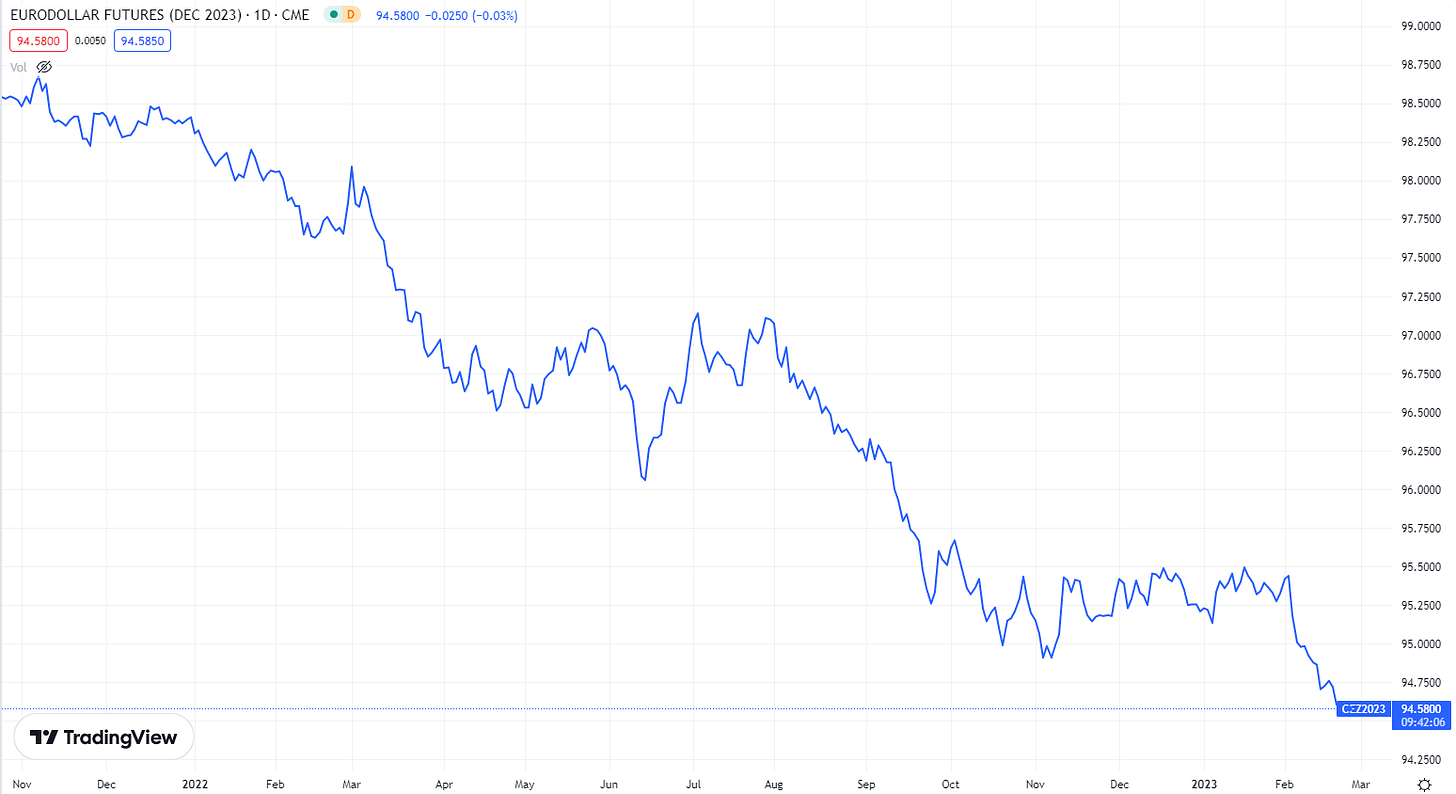


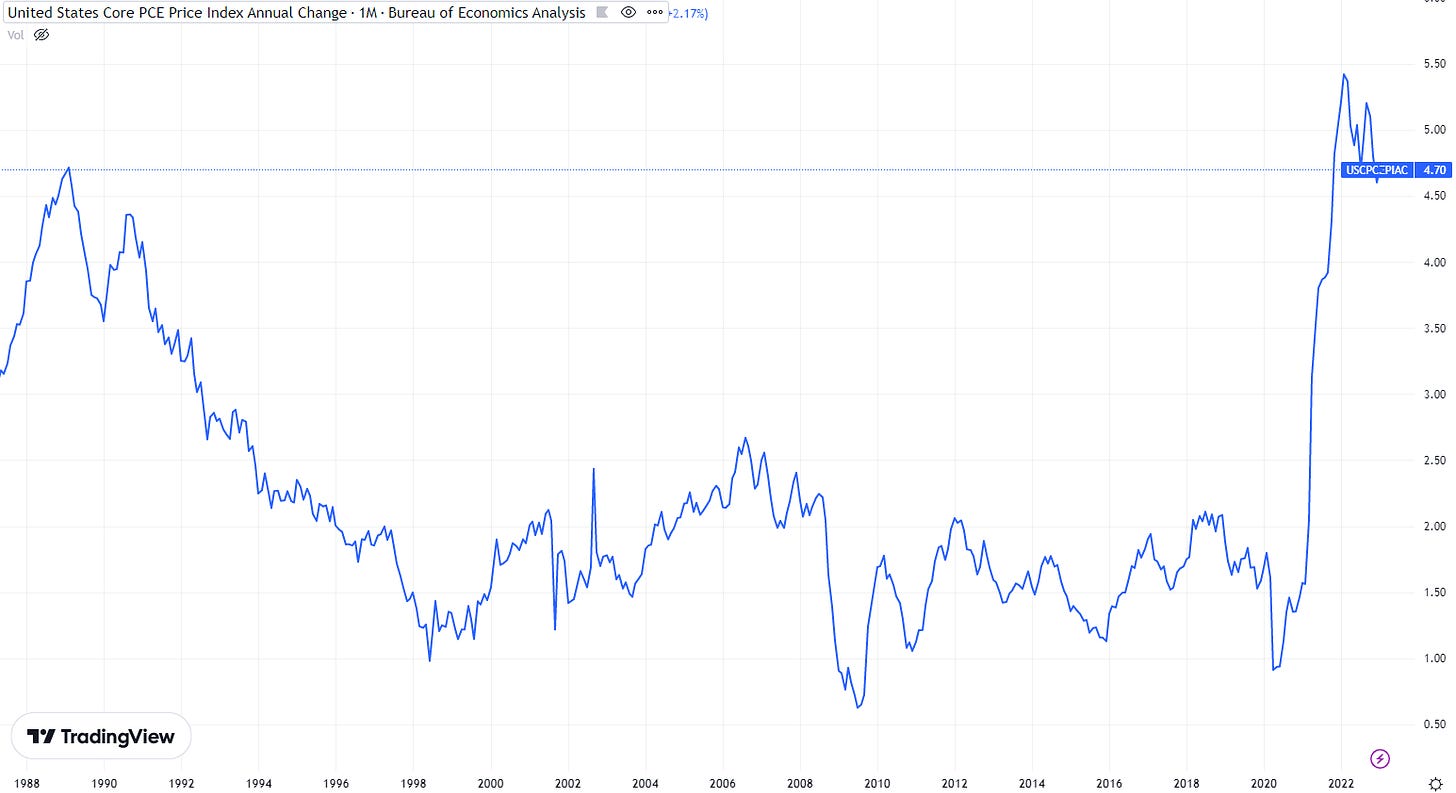

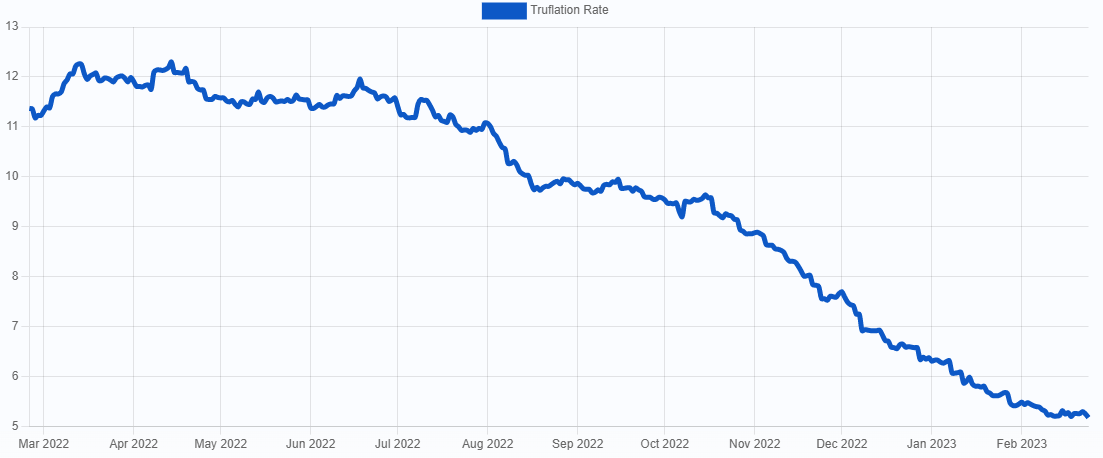
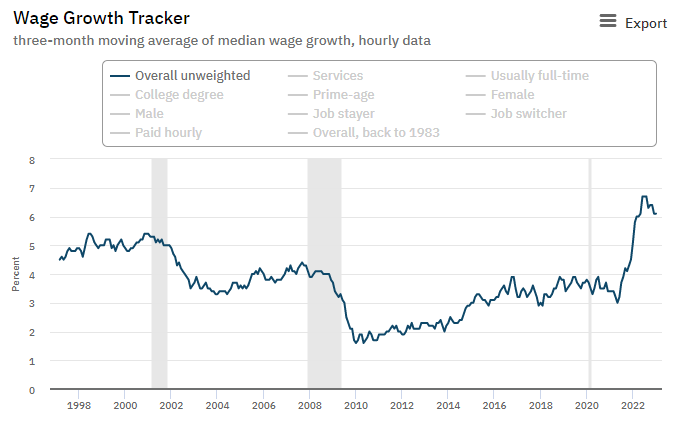

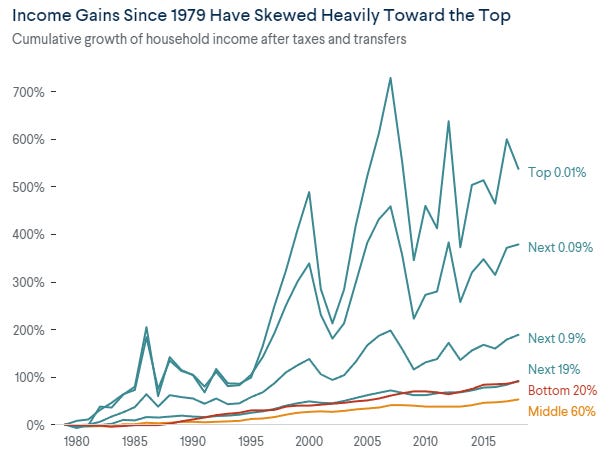








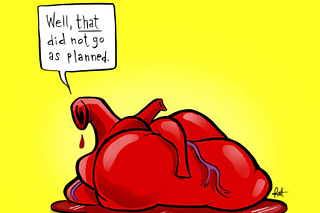


Is it possible that the FED has operated under the delusion of the "wealth effect:" Robert Shiller has said that the wealth effect is a mirage and others have said that generally, the only real wealth effect is the increase in home values after inflation. Wondering if the financial priesthood has not confused this with the Cantillon effect, which benefits the wealthy at everyone's expense. Seems to me we have been hollowing out the middle class and monetary policy has been one leg.